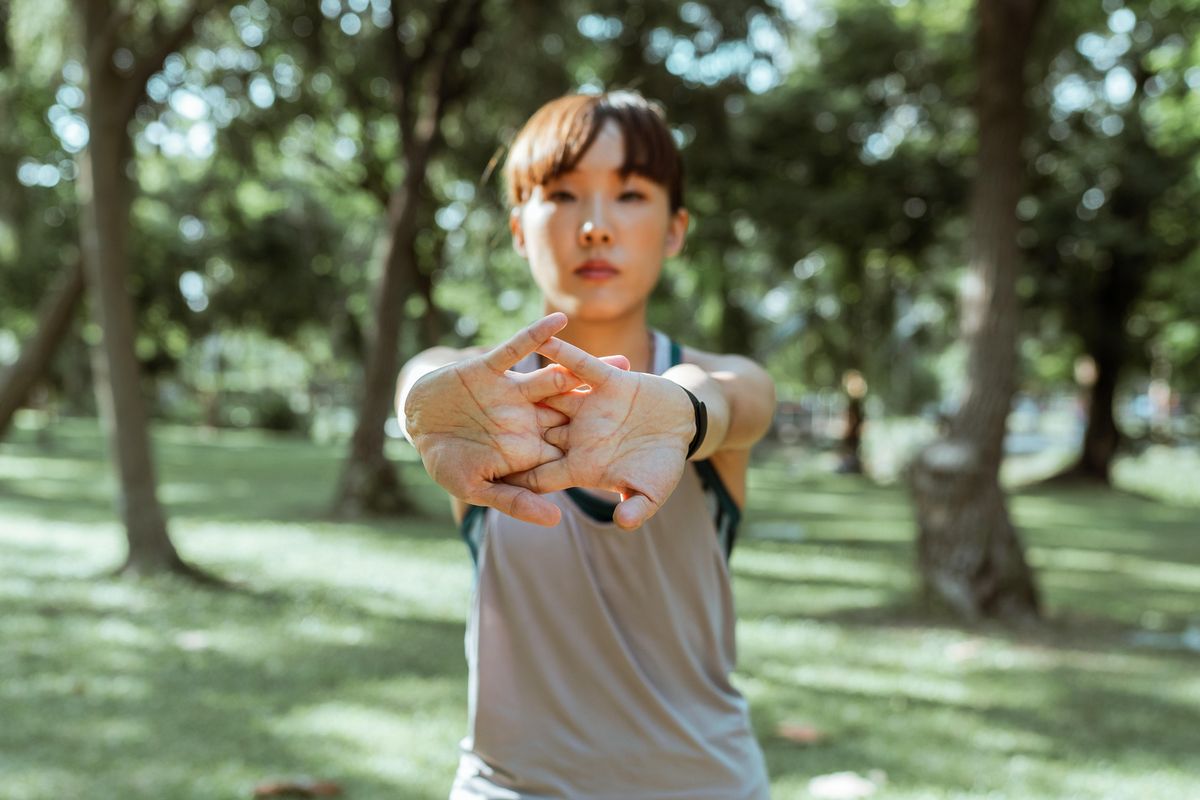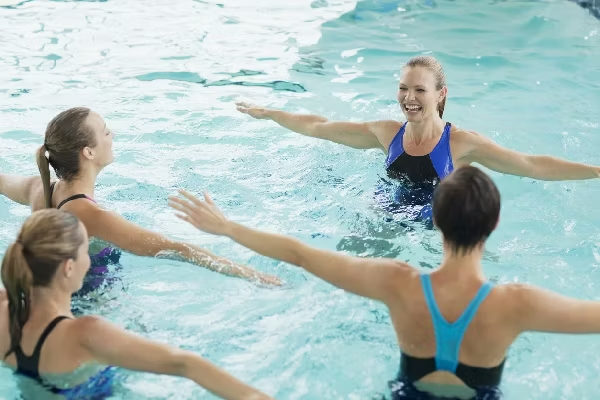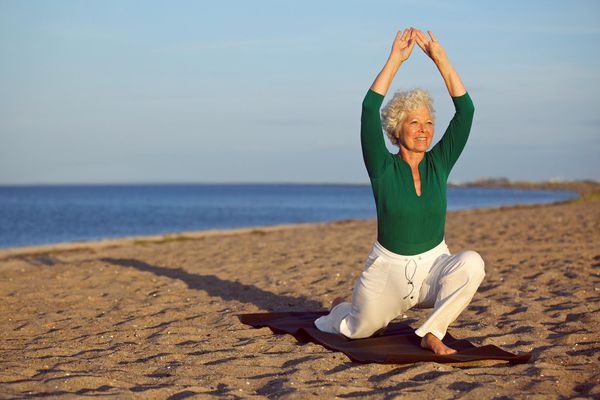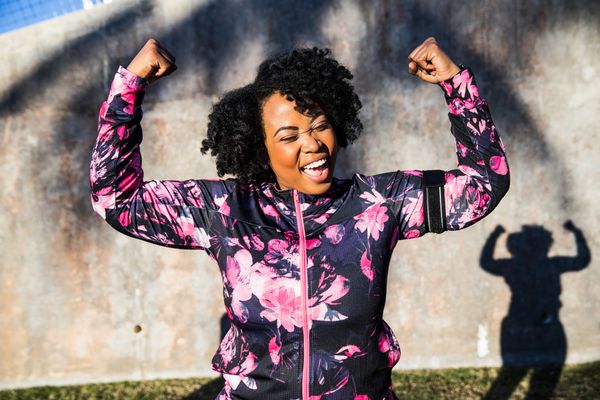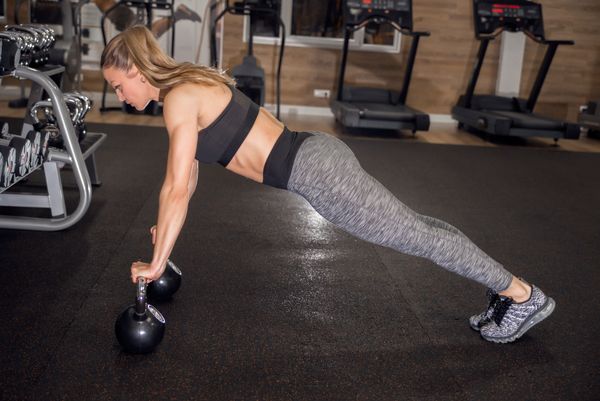You might be swimming laps, striding on an elliptical machine or even sleeping. Suddenly, you feel an intense, painful contraction in your calf or foot. You have a muscle cramp, and your exercise session or peaceful rest has just been involuntarily interrupted.
The pain of a cramp can grip you for just a few seconds up to 15 minutes or longer. Your affected muscle may get hard or bulge and remain feeling sore for hours after that.
There are lots of myths about cramps, in part because medical science still can't explain exactly what causes them. Muscle fatigue, dehydration and prolonged sitting are among the possible triggers. Some people are especially prone to muscle cramps, including endurance athletes, older people and those receiving hemodialysis treatments.
You can recover more quickly from the grip of a cramp and possibly even avoid future ones with these tips:
- When a cramp strikes, immediately stretch and massage the muscle until the cramping stops.
- For a calf cramp, hold your toes and pull them up toward your knee.
- A hot shower, heating pad or warm bath will also help, as will an ice massage directly on the affected muscle.
- Drink water and other fluids frequently, especially when exercising or working in a hot environment (indoors or outside).
- Drink before you get thirsty.
- Choose fruit juice or a sports beverage if you are sweating for an hour or more.
- Do leg-stretching exercises in the morning and evening to combat nighttime cramps.
- Stretch before and after physical activity.
- To stretch the calf muscle, stand and lunge forward with one leg. Straighten the rear leg to press the heel to the floor. Hold the stretch briefly and release. Then change legs and repeat.
- See your health care professional if you have frequent cramps.

